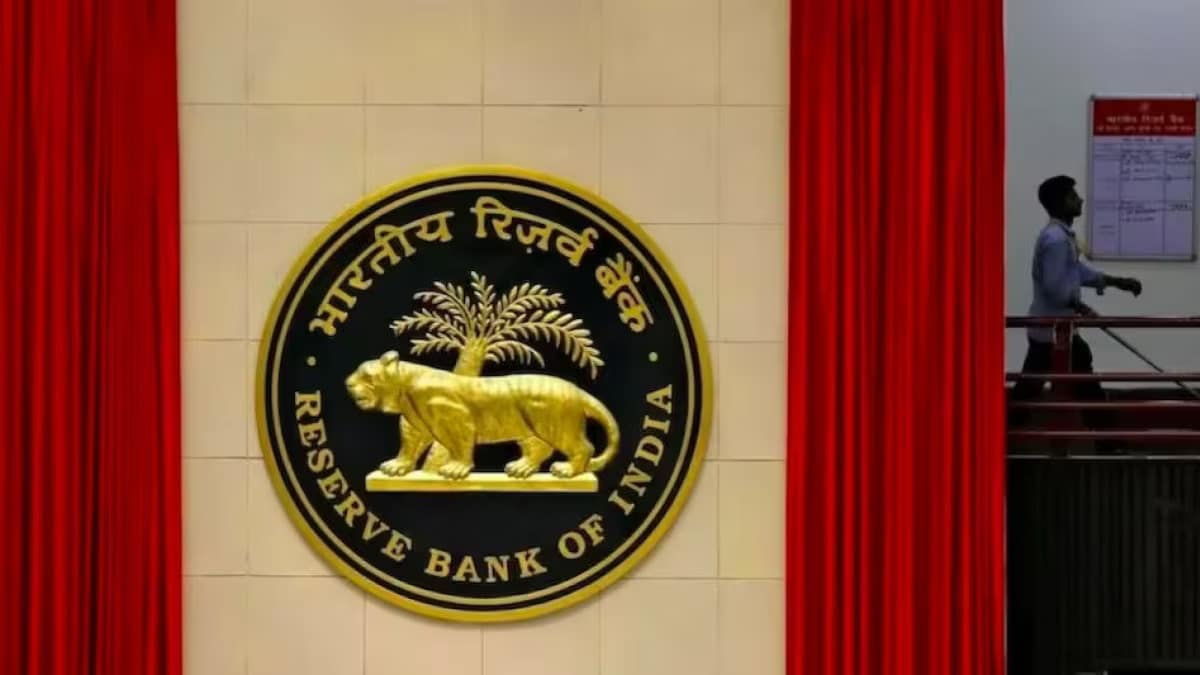The Reserve Bank of India (RBI) has announced that it will gradually phase out the incremental cash reserve ratio (I-CRR). The RBI stated that the amounts impounded under the I-CRR would be released in stages to prevent sudden shocks to system liquidity and ensure that money markets function in an orderly manner. On September 9th and September 23rd, 25% of the I-CRR will be released, with the entire I-CRR being removed by October 7th.
In August, the RBI required banks to maintain an I-CRR of 10% on the increase in deposits between May 19th and July 28th, withdrawing over Rs 1 lakh crore ($12.04 billion) in liquidity. RBI Deputy Governor Michael Patra stated that a liquidity overhang could pose a threat to the inflation outlook after retail inflation rose to 7.44% in July.
A senior treasury official at a private bank stated that the I-CRR is acting as an indirect rate hike and that the RBI could lower the limit taking into account tax outflows. The banking system liquidity surplus was over Rs 1.5 lakh crore as of September 6th, due to increased government spending, down from over Rs 2 lakh crore before the I-CRR move. Citi economists Samiran Chakraborty and Baqar M. Zaidi suggested in a note that any deficit that emerges later in the month due to tax outflows could be bridged through short-term variable repo rate (VRR) auctions.


